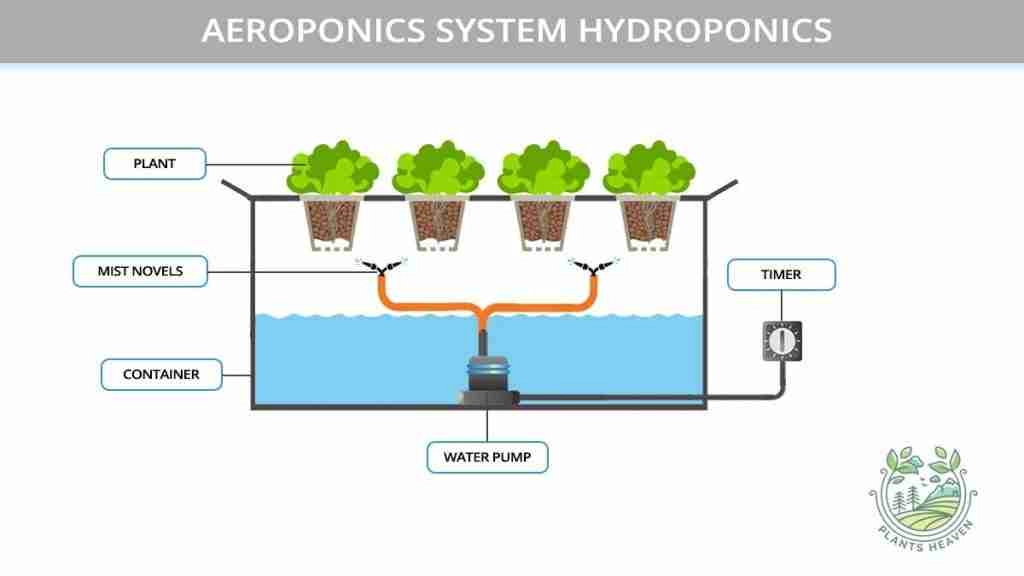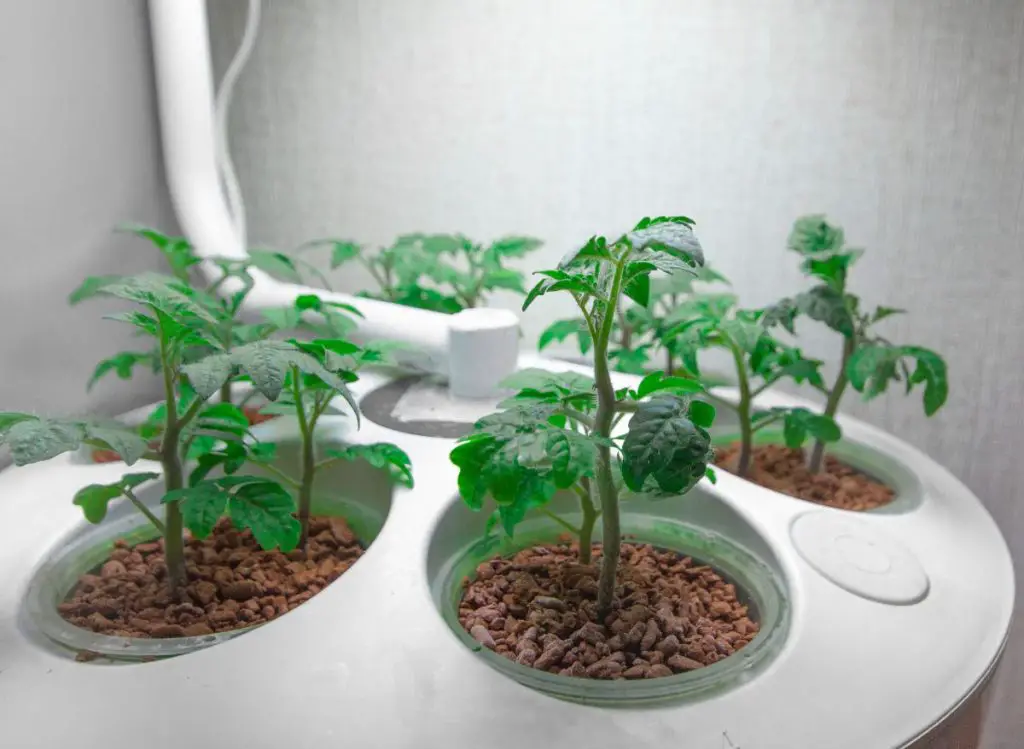This post contains affiliate links.

Hydroponic gardening is a popular form of gardening that is quickly becoming a favorite of many gardeners, including those who live in small spaces, making it a space-saver and reducing water usage. In hydroponics gardening, plants are grown using a water-based solution instead of soil.
With hydroponics, you can control the nutrition that the plants receive, giving you consistent and healthy crops. While there are several components of a hydroponic system, one of the most important is the water pump.
Read on to find out everything there is to know about external water pumps for hydroponics and their benefits to your hydroponic garden. If you are looking for hydroponic pumps, I wrote a whole article where I discuss the 6 best hydroponic pumps and how to pick one that fits your needs.
What is an External Water Pump for Hydroponics?
An external water pump is used to circulate water in a hydroponic system, making sure that the nutrient solution is adequately mixed. Generally, an external water pump for hydroponics is located outside of the water container, in contrast to an internal water pump that is located inside the container.
The benefit of an external water pump is that it is easier to maintain because it keeps the water container cleaner and eliminates the risk of electrocution.

Types of External Water Pumps
There are two types of external water pumps for hydroponics: submersible and non-submersible.
- A submersible pump is designed to be put in the water container and submerged in water.
- On the other hand, a non-submersible pump is not supposed to be put in the water container and is situated above the container, and typically requires specific tubing.
What to Consider When Choosing an External Water Pump for Hydroponics?
When selecting an external water pump, there are several things to consider, including the size of the water container, the rate of circulation required, and the power source. The size of the water container determines the size of the pump as well as the rate of water flow. The power source results in a choice between an electric and solar-powered pump.
Benefits Of Using an External Water Pump
Using an external water pump for hydroponics has many advantages, including reduced noise, greater reliability, and the ability to control the flow rate easily. These pumps use less energy than internal water pumps, making them more energy-efficient. In addition, with an external water pump, you can avoid problems caused by root overgrowth or debris.
Here are the advantages of using an external water pump for hydroponics:
1- Convenience
Most hydroponic systems incorporate a submersible water pump, which is installed inside the water reservoir. However, using an external water pump offers more convenience when it comes to maintenance.
Since an external water pump is not submerged, it’s easier to check and replace it when necessary. External pumps don’t require you to drain the reservoir before repairing or cleaning them, which saves you time and effort.
2- Reduced Heat Transfer
Another advantage of using an external water pump in hydroponics is its minimal heat transfer. Depending on the location of your reservoir and the pump’s size, submersion pumps can increase the water’s temperature, which can affect the growth of your plants and cause harm to delicate roots.
External water pumps can dissipate the heat they generate more efficiently, keeping the water temperature stable and comfortable for your crops.
3- More Precise Control
Using an external water pump in hydroponics also allows you to have more precise control over water pressure and flow rate. Depending on your setup, submersion pumps may be set at a fixed rate, which does offer the necessary flow to keep the nutrient solution circulating.
An external water pump, however, comes with an adjustable speed and flow, allowing you to determine the amount of water that passes through your hydroponic system. This precision makes it easier for you to fine-tune and control the nutrient solution’s quality and delivery rate.
4- Energy Efficient
A significant disadvantage of submersible pumps is that they require more energy to operate since they are submerged in water. The tight quarters make them wear faster, and the buildup of algae, debris, and other particles reduces their efficiency.
Furthermore, the heat generated can indirectly increase energy consumption because you may need to install cooling systems. External water pumps, on the other hand, run cooler and do not require additional cooling systems, making them energy-efficient in the long run.

Maintenance and Care of an External Water Pump for Hydroponics
Regular maintenance is essential for keeping an external pump for hydroponic systems in the long run. Clean the pump every month and prevent bacteria and algae growth in the water container by adding beneficial chemicals.
I recommend you make sure that the pump is operating correctly by inspecting it daily and checking its performance.
What to read next:
- 6 Different Types of Hydroponics (And Their Pros and Cons!)
- Aeroponics Vs. Hydroponics: Which one should you choose?
- Wick System Hydroponics Advantages and Drawbacks And everything you need to know!
Wrapping Up
External water pumps in hydroponics have multiple benefits, including convenience, precise control, minimal heat transfer, and energy efficiency, which make them a better choice for commercial or large-scale hydroponic systems.
While they may be more expensive compared to submersion pumps, their benefits surpass the costs, making them a worthwhile investment.
By considering the benefits mentioned in this article and properly maintaining your pump, you can enjoy the benefits of a hydroponic system and enjoy fresh fruits and vegetables from your garden every day.

